Living with bipolar disorder is one of the most challenging things someone can go through. There are a lot of things that people don’t know about bipolar disorder, and that plays a major part in the misinformation surrounding it. The more you know about this mental illness, the better equipped you will be when it comes to tackling it.
Here Are 10 Things To Know About Bipolar Disorder
1. It’s a clinical name.
Bipolar Disorder is sometimes referred to by its older clinical name, Manic Depression. Bipolar Disorder is a mood disorder that greatly interferes with the quality of life for a child or adult.
2. There are three types of Bipolar Disorder.
- Bipolar I: This is the diagnosis most of the general public knows. To qualify for this disorder, a child or adult must have a single episode of mania as well as a single episode of depression. Symptoms are very intense and if left untreated often require hospitalization.
- Bipolar II: Sometimes called “soft bipolar,” Bipolar II involves a less intense form of mania, called hypomania. To qualify for this disorder, a person has to have had an episode of hypomania and an episode of depression.
- Cyclothymia: People with Cyclothymia experience symptoms of hypomania and symptoms of mild depression. The episodes of Cyclothymia tend to be shorter, but are chronically present for at least two years.
Related: Living with Bipolar Disorder as a Mother
3. Mania.
This involves, at its core, an elevated state of mood and energy or activity. The type of Bipolar Disorder diagnosis will depend on the texture of the mania:
- Mania is an excitable state where physical hyperactivity, disorganization, decreased need for sleep, impulsivity, emotional reactivity, euphoria, impaired judgment, irritability, racing thoughts, rapid speech, loose associations, grandiose beliefs, and hypersexuality occur. Mania can also elevate to extreme levels where disorientation, incoherence, delusions, paranoia, and violence erupt. Mania greatly interferes with daily living.
- Hypomania is a condition similar to mania but less severe. The symptoms include elevated mood, increased physical activity, decreased need for sleep, and racing thoughts, but do not cause significant impairment in one’s work, school, or social interactions.
4. Episodes.
Children and adults with Bipolar Disorder experience unusually intense emotional states that occur in distinct periods called mood episodes. An overly excited state is called a manic episode or hypomanic episode, and an extremely sad or hopeless state is called a depressive episode.
5. Mixed States.
Individuals can experience mania/hypomania and depression at the same time. This is called a mixed state. Children and adults in a mixed state may feel very sad or hopeless while also feeling extremely energized.
6. Cycling.
There are two types of mood elevation cycles that individuals who have a type of Bipolar Disorder move through.
- Rapid cycling: This type of cycle includes episodes of mood elevation and depression followed by another cycle of mood elevation and depression four or more times per year.
- Ultrarapid cycling: Unlike rapid cycling — where episodes occur every few months — children and adults can experience abrupt cycling of mania/depression or hypomania/depression weekly or even hourly.
Related: Living with Bipolar I
7. Medication.
Scientific research urges medication management as a vital part of the treatment of Bipolar Disorders. Specifically, the use of a mood stabilizer and antidepressant medications are recommended in all phases of treatment — for children as well as adults.
8. Psychotherapy.
Along with medication management, psychotherapy is recommended to manage Bipolar Disorder. Evidence-based therapies such as Cognitive Behavioral Therapy, Psychodynamic Psychotherapy, Family-Focused Therapy, Interpersonal Psychotherapy, and Psychoeducational Approaches are recommended.
9. Self-Care.
Living with Bipolar Disorder requires a child or an adult to manage this chronic illness. Learning how to take care of one’s self is important. In addition to eating well, keeping a healthy sleep cycle, and exercising, creating time to nurture one’s mind, body, and soul is helpful.
Related: 15 Little Ways To Practice Self-Care Even When You Are Busy
10. Continuity of Care.
Bipolar Depression is a treatable illness. With proper diagnosis and treatment, people with Bipolar Disorder can lead healthy and productive lives. However, research indicates that upwards of 50% of individuals abandon psychotherapy and/or medication. “Feeling better,” missing the euphoric highs, or not liking the side effects of medication are often reasons why this happens.
As a result, many will experience a worsening of their symptoms, and quality-of-life difficulties will persist. Continuity of care is an important factor in the success of Bipolar Disorder and needs to be a priority.
Written by Deborah Serani Originally Appeared In Psychology Today
The more you know these crucial things about bipolar disorder, the more it can help you understand and deal with it better. The more information you have about this, the quicker you will be able to start the right treatment and get better. The right treatment and care are crucial when it comes to defeating this.
Frequently Asked Questions:
How does bipolar disorder develop?
Bipolar disorder develops when a person experiences mood shifts, becomes sad and depressed and tends to lose interest in doing things that used to give them joy and pleasure. Besides mood shifts, many people experience episodes of mania that is characterized by a feeling of euphoria and high energy levels. Disturbed sleep is also common in people with bipolar disorder. According to research, a fine balance of brain chemicals is important to prevent the development of bipolar disorder symptoms.
How does bipolar disorder develop in the brain?
Brain circuitry is the culprit, research says. Our brain uses different chemicals and neurotransmitters to communicate with different parts of the brain. The symptoms of bipolar disorder occur when there is an imbalance in the levels of one or more of the brain chemicals. For instance, high levels of noradrenaline trigger mania, and low levels of the same neurotransmitter result in episodes of depression.
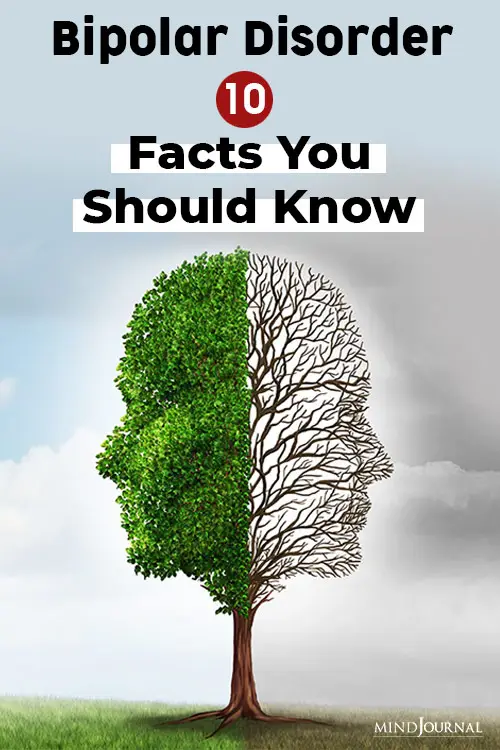
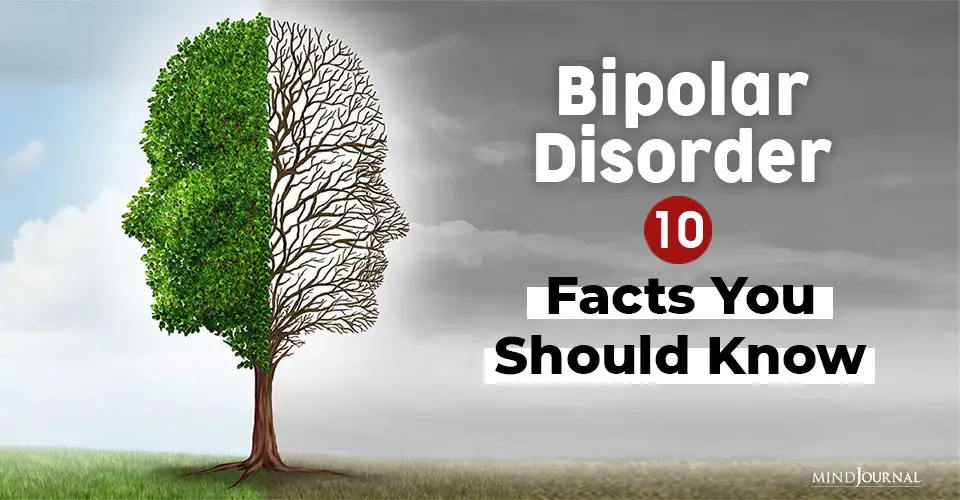
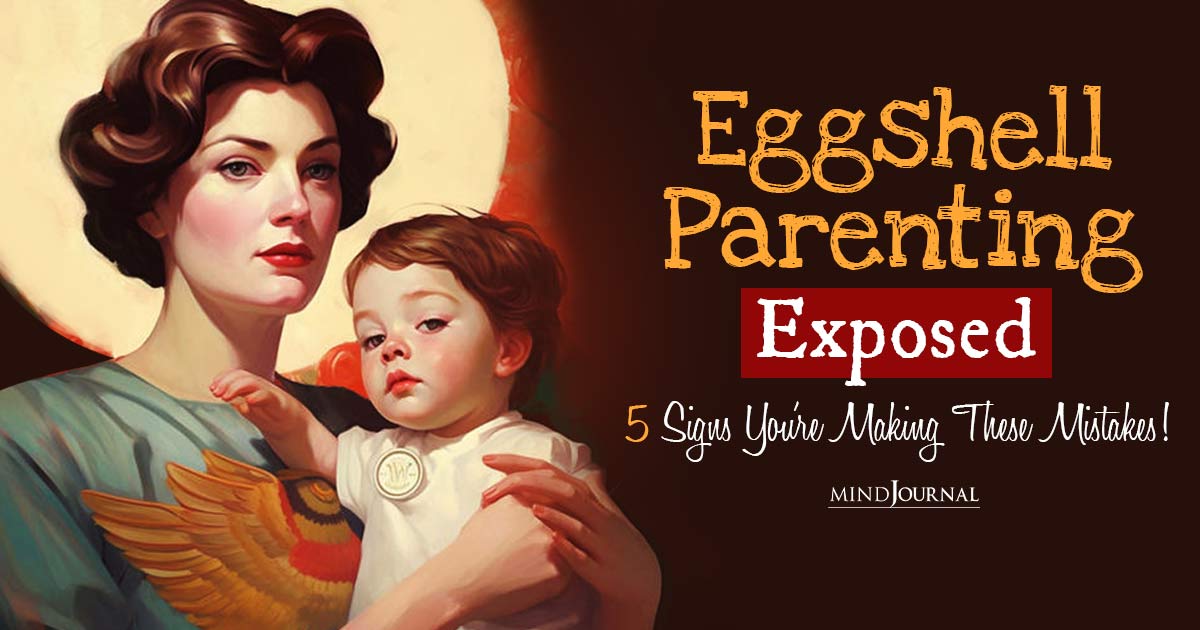



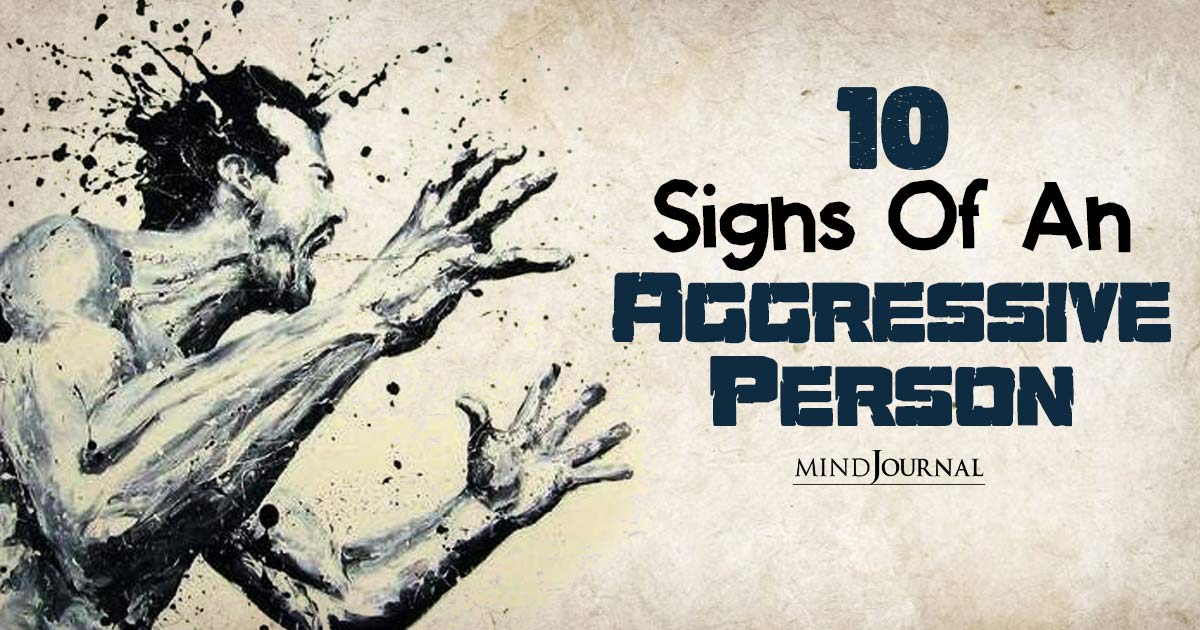
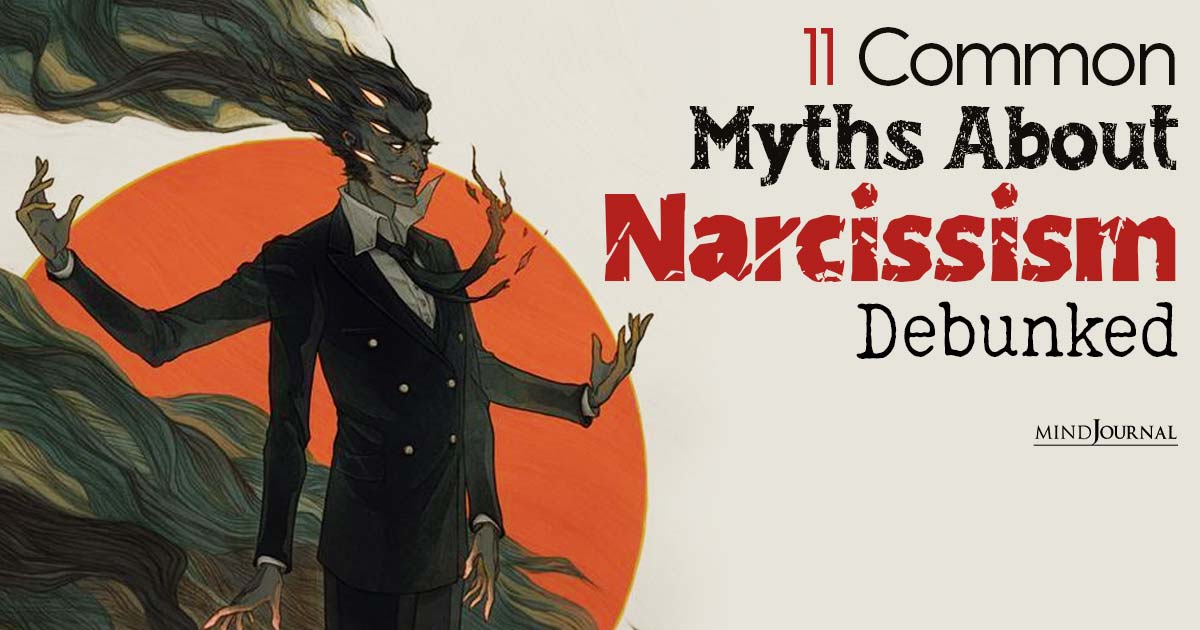

Leave a Reply
You must be logged in to post a comment.